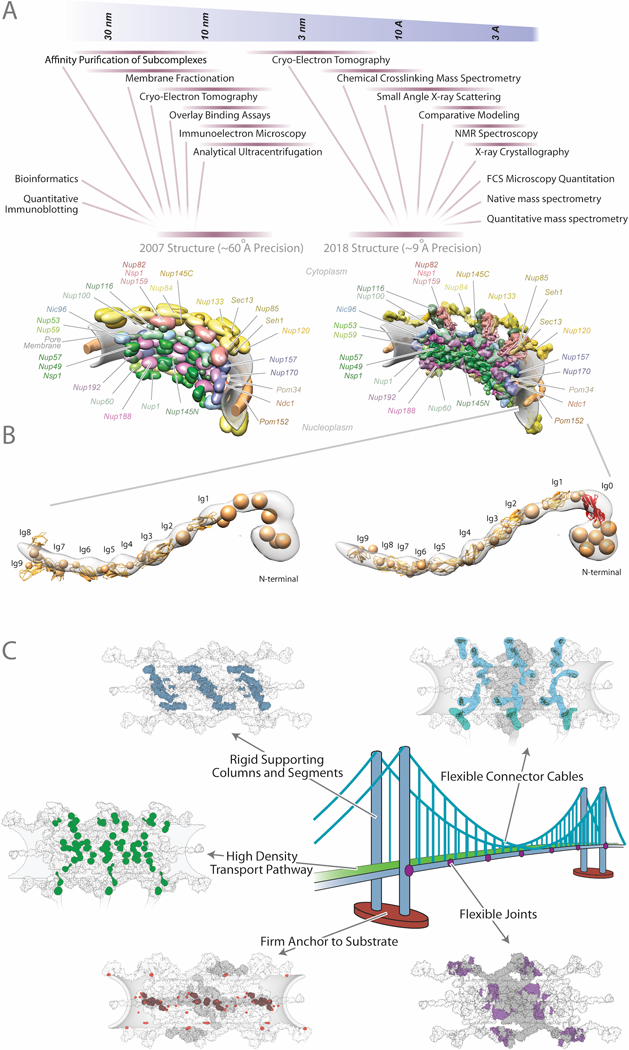Figure 3: Integrative structures of the yeast NPC.

(A) A comparison of the integrative NPC structures determined in 2007 (Alber et al., 2007b) and 2018 (Kim et al., 2018) illustrates how the integration of a larger amount of more precise data led in turn to a structure with a higher precision. (B) A comparison of two representative Pom152 models, without and with an atomic model of the first Ig domain (Hao et al., 2018; Upla et al., 2017), shows how consideration of additional information (ie, knowledge of an atomic structure of the first Ig domain (Ig0)) into the representation of a protein improves its model. (C) Insights into the architectural principles and functions of the NPC. Five examples of analogous structural principles shared by an NPC and a suspension bridge are each illustrated by a specific color showing the features sharing these principles, in the NPC by panels showing three of the eight spokes of an NPC viewed from its axial center: (i) a firm anchor to a substrate (brown / orange), (ii) rigid supporting columns and segments (dark blue) that (iii) appear somewhat flexibly jointed to each other (purple), (iv) flexible connector cables that tie together all the structural elements (light blue), (v) collectively forming a transport pathway supporting a high density of trafficking routes (green).
